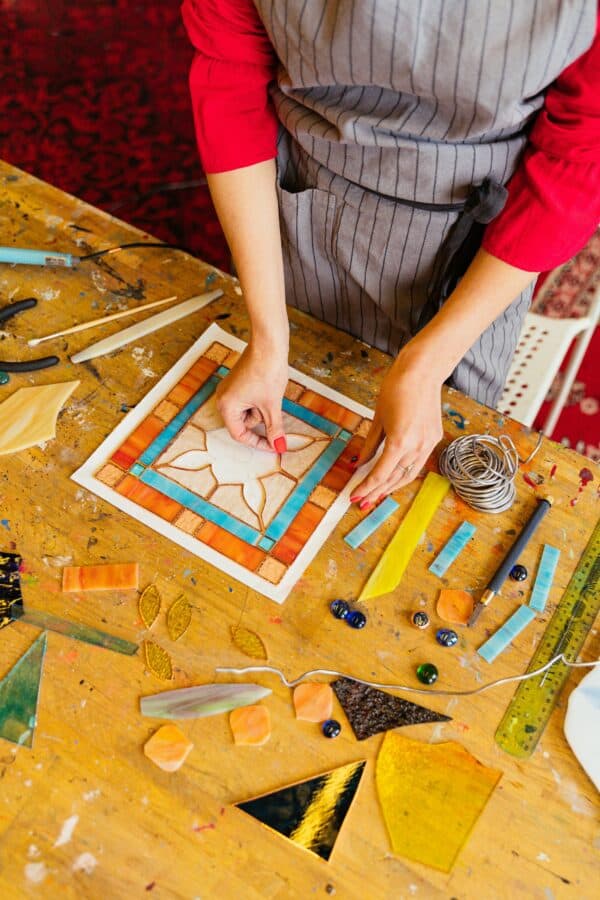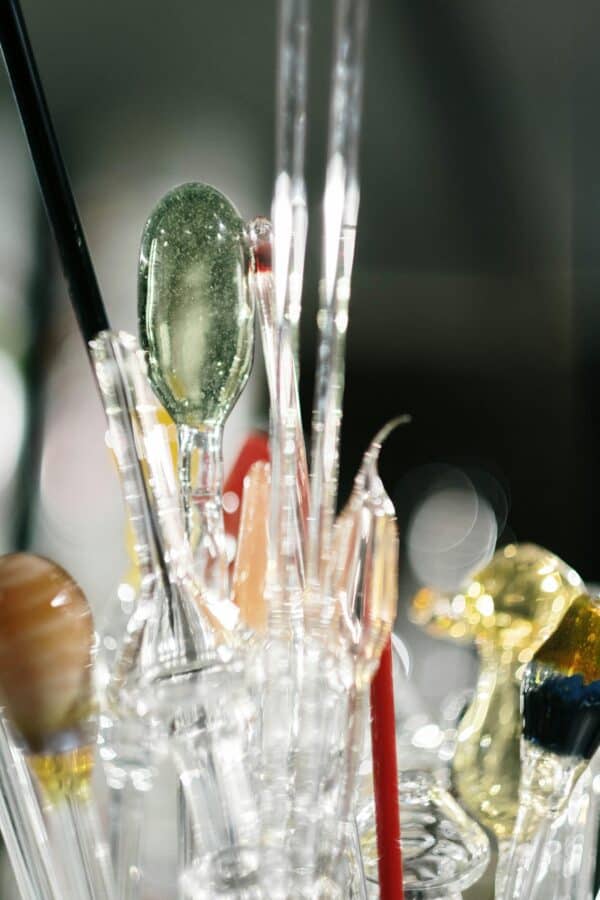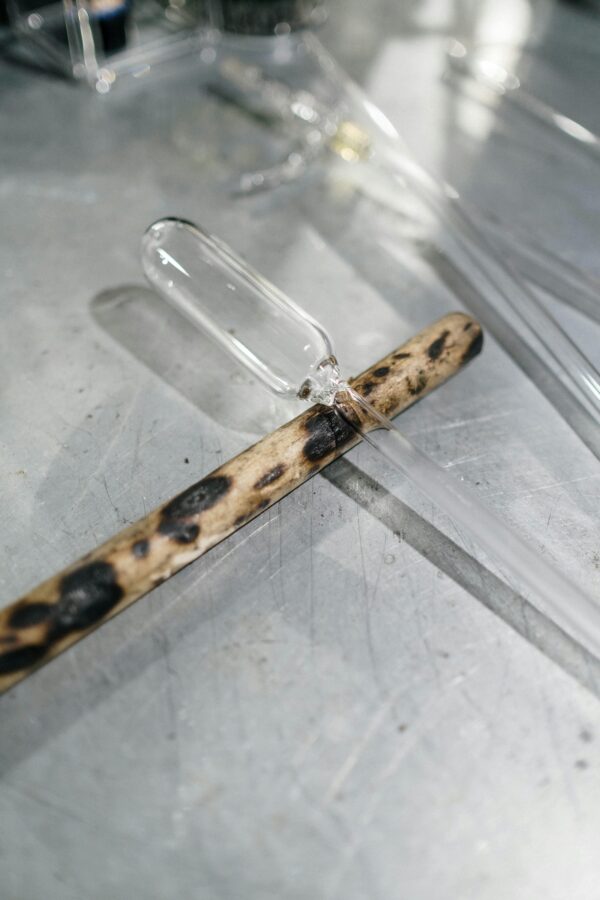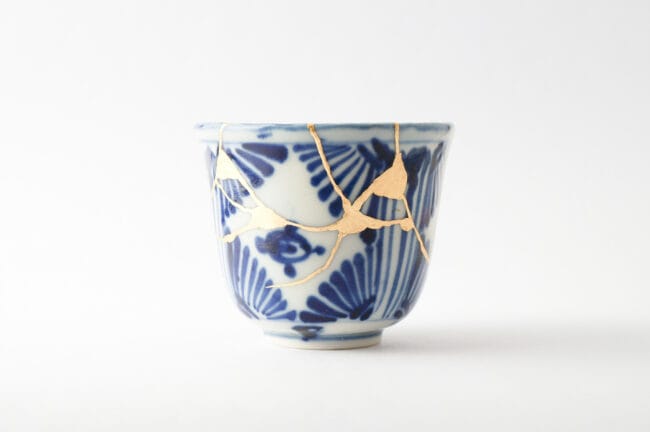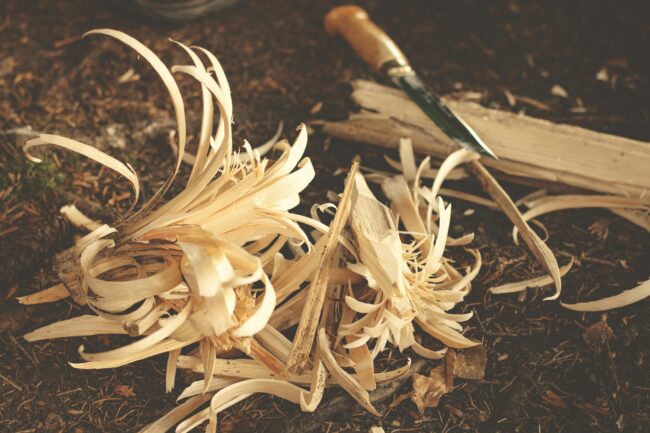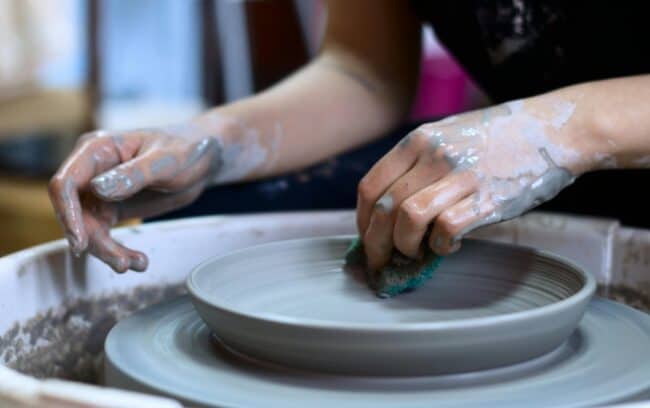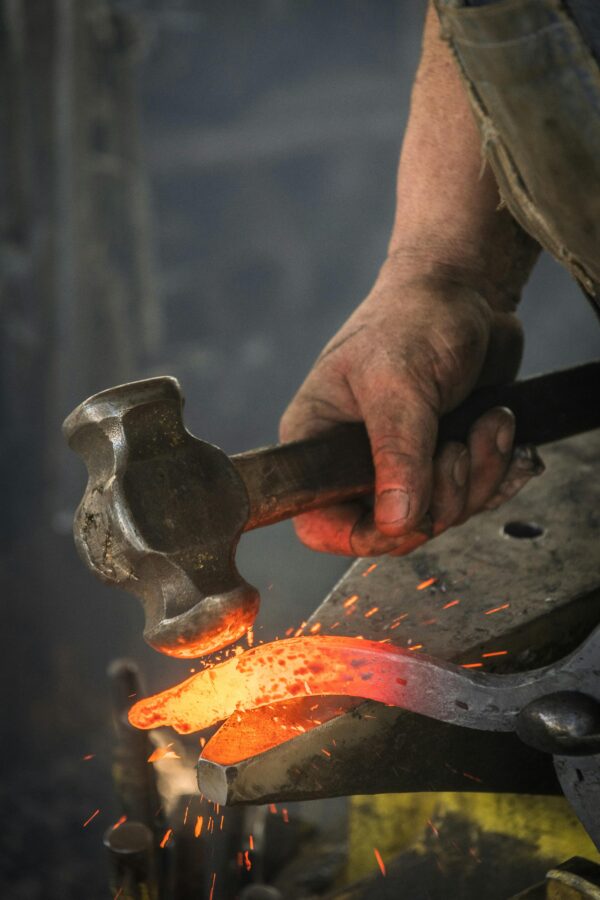The Most Expensive Hobbies & Crafts
What are the most expensive crafts and hobbies that you can do? If you are considering starting a certain craft hobby, find out if it’s on the list here!
While mulling over all the different hobbies and crafts that are available to learn and master, I got to thinking about what the most expensive hobbies and crafts are.
Expensive can mean a lot of different things – as in the cost of materials, the cost to learn that craft, and even how complex that craft is.
Expenses really do depend on the craft and hobby itself. Some crafts require few materials and tools, while others require a lot of different things.
So why do the expenses of a craft/hobby matter? You may really want to learn to do a certain craft, but the cost is just too prohibitive for you (maybe it uses a lot of expensive supplies for instance). You may be on a tight budget, or you may not even know if you will like that craft once you start it – therefore you don’t want to spend out a lot before you really know.
The majority of the crafts and hobbies that are mentioned below are more expensive due to the learning and practicing of those crafts. When learning a craft for instance such as blacksmithing, stained glass creation, and glassblowing it really is essential to have instruction one on one with somebody who is trained and a master of that craft.
The crafts below are also more expensive to learn and do because they require a lot of tools and supplies. Those can range from small tools up to more unusual expensive tools such as kilns and ovens.
The Most Expensive Craft Hobbies to Learn
Stained Glass Making
Stained glass can be a medium to expensive hobby and craft to undertake. Glass for the creation of stained glass projects can be particularly expensive to purchase.
There are also quite a few tools required for stained glass making, including glass cutters, glass grinders, soldering irons, flux, foiling tape, lead came, and more.
In addition to the required tools and supplies, it is very important to have good safety equipment when working with stained glass, which includes safety goggles, a respirator, and gloves.
There is also quite a lot of learning required with creating stained glass. The best type of instruction for this is in-person classes, as nothing beats actually being shown in person how to craft stained glass.

